As we stagger into the new school year, which is already like no other, teachers are concerned about how they will be able to meet the learning needs of their students under ever-changing structures and conditions.
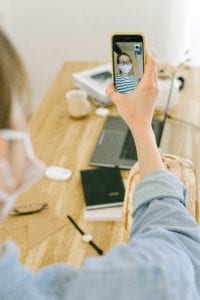
photo by I.Samkov
The challenge – from school board to school board and from school to school within those – is the interpretation of the guidelines for how schools should function during this pandemic. How should these guidelines be applied? Each region and school will have different situations and will be adapting to their own specific needs. Add to this that we should be planning ahead and preparing our schools and students for a second wave.
For life within a school building, Pre-K and Kindergarten, Cycle 1, 2 & 3, each have students with their own age-appropriate understanding and needs. The same is true of students in Cycle 1 & 2 in Secondary schools. Finding ways to address those different levels of understanding and meeting the diverse needs for in-classroom and/or synchronous / asynchronous / blended on-line learning is a new experience. We have not done this before.
Firstly, as in any classroom, each group needs to establish a working routine for daily life in the building, in the classroom, and on the playground. It is a time to get to know each other in order to then shape the curriculum to the needs of the students. It is important to acknowledge that it is not business as usual and that everyone can contribute to a successful learning environment at this time.
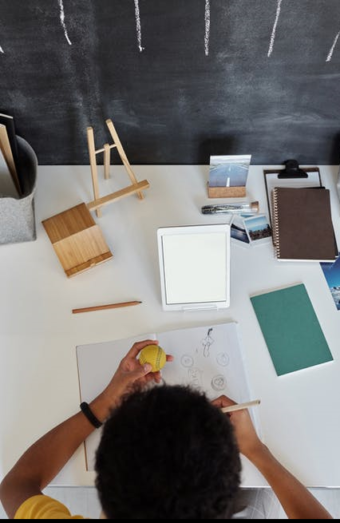
photo by J. Cameron
Online learning from home requires similar structures and routines. Students need to understand the protocols of how things will run and the tools that will be used before the actual academic content can be successfully addressed. All of these pieces are a part of learning, not just the academics, so time spent on establishing routines and learning new tools is worth the effort.
Universal Design for Learning (UDL) has been a household word in Quebec education for over a decade. Its principles have never been more pertinent than now. UDL provides guidelines (i.e. a framework) for designing a curriculum that engages students, presents concepts and information in ways that are accessible to all of the students in a group, and allows those students to express and show their learning in different ways.
These guidelines can be applied to class groups in a brick and mortar building as well as in a virtual setting, and can provide a flexibility that will engage students in the learning – whether at school or online.
The Three Main Principles and Guiding Questions for UDL
Engagement
Does the lesson provide options that can help all learners regulate their own learning? Does it sustain effort and motivation? Does it engage and interest them?
Eg. Create clear, specific goals with your students. Post them in the classroom. Let students add them to their notebooks. Refer to the goals as students work towards them.
Representation
Does the information displayed provide options that help all learners reach higher levels of comprehension and understanding? Can all students understand the symbols and expressions and perceive what needs to be learned?
Eg. To help students access information provide different reading options that include print that is accessible by text-to-speech, audio files, videos with Closed Captioning, etc.
Action & Expression
Does the activity provide options that help learners act strategically, express themselves fluently and physically respond?
Eg. Allow the students to demonstrate their learning through a podcast, short video, comic strip, an essay, or a poster, etc.
UDL takes these three guiding principles and expands on each of them by looking at how to access, build and internalize each in order to meet pedagogical goals.
If you would like to explore UDL a bit further, there is a workshop slide deck available on the LEARN website with accompanying documents to each of the nine boxes in the graphic organizer above, as well as other UDL resources on our website – LEARN’s UDL Toolbox
These interesting times provide us with an opportunity to take a fresh look at what we do and how we do things as educators. The business world has realized that using technology to work from “anywhere” is possible and imperative in certain situations.
In education, we have seen that the actual building is important as a gathering place for socializing and learning how to be part of the larger society. We have also seen that learning can also happen at a distance when technology is used effectively.
Students need to be prepared for their future and learning to function both in face-to-face and distance situations needs to be a part of their education now. I believe that applying UDL guidelines to the learning will benefit both educators and students. By designing for multiple means of engagement, representation, and expression, we acknowledge that one size does not fit all – and thus ensure that all learners continue to make progress during this unique time.
Photo Credits
Featured Image from Freepik
Other image sources: Pexels and PhotosForClass


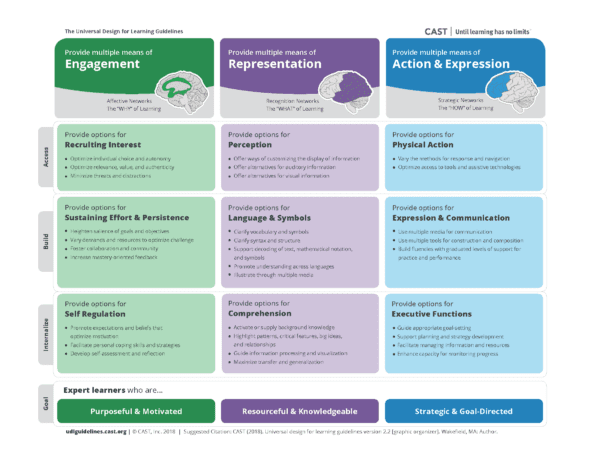
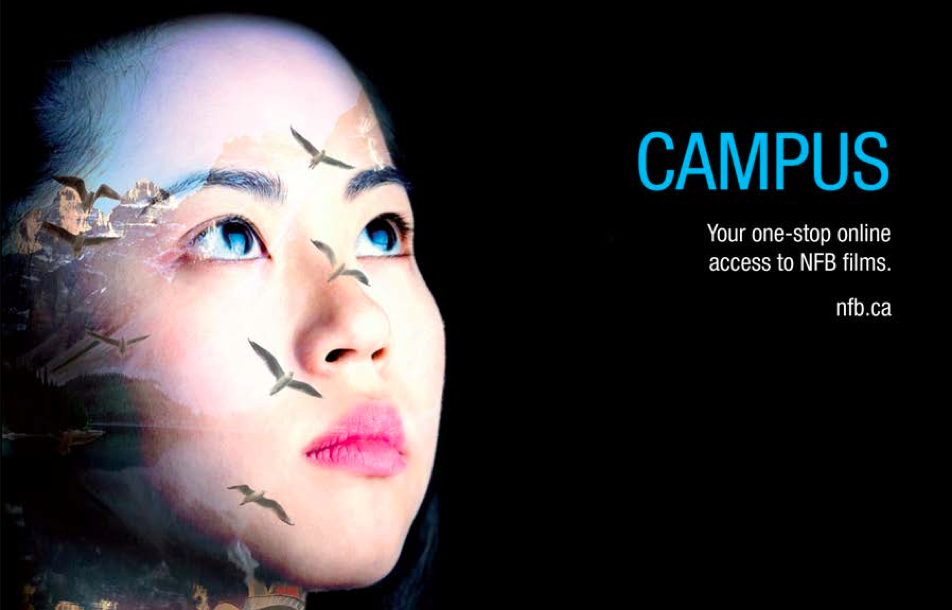
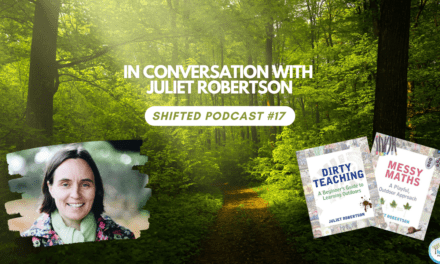
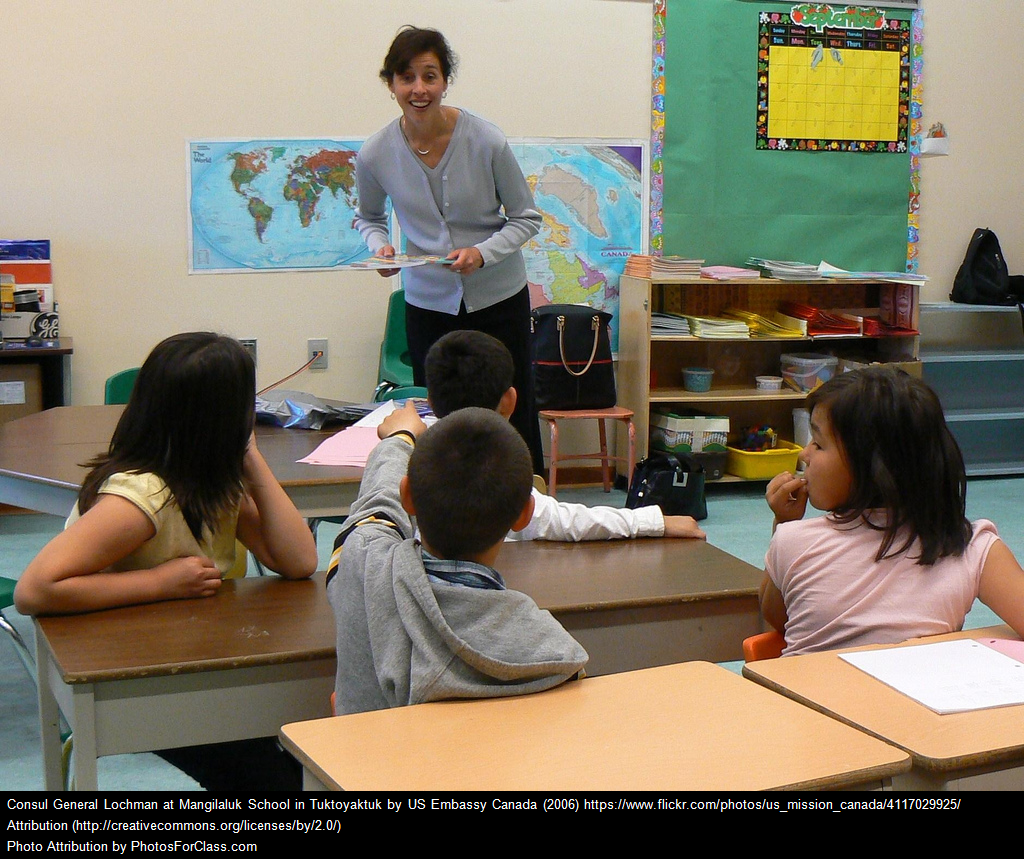

Tom, I really like this blog and I think as you mention it is very timely. As we move into a more digital context, some of the major obstacles related to the implementation UDL are being removed. This is something I would like to see us delve into in greater depth for our educators across the province.